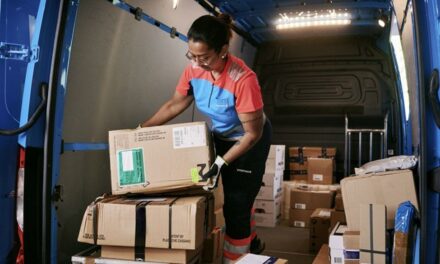
Post Danmark opens 1,000th post office, to boost e-commerce access
Post Danmark has just opened its 1,000th post office, in Frederiksberg, within the Copenhagen area. The company said the new branch marked a “milestone” in its efforts to expand access to its postal services, particularly with a view to the huge popularity of e-commerce in Denmark.
Post Danmark, part of the PostNord Group, said it has opened more than 225 new post offices over the past six years to boost customer access, 150 of which opened in 2014.
Customers can pick up packages, ship items, send letters and buy stamps at the new post offices, which are mainly located within partner grocery stores, fuel stations, bookshops and news stands.
The retail locations offer longer opening hours that match the expectations of an increasingly web-savvy customer base, the company said.
“Accessible”
Henning Christiansen, head of PostNord Denmark, said: “In recent Danish postal history, we have never been as accessible as we are now, with our finely-meshed network of distribution hours, and the long opening hours, which we can provide in cooperation with our post office partners.”
Post Danmark said that by the end of 2015, it expects to have 1,525 collection points for parcels across Denmark, including the company’s 475 parcel locker terminals.
The 1,000th post office is located in the Kvickly supermarket on Frederiksberg’s Falconer Avenue (Falkoner Allé).
Christensen said: “Since e-commerce is largely driven by convenience, we are constantly working to offer solutions to our customers that make it easy to shop online. We’ve just started delivering parcels on Saturday, and we will continue to open new post offices to make it easy for customers to retrieve package themselves.”
Post Danmark currently delivers more than 40m parcels a year in Denmark.
The company, which is 40% owned by the Danish State and 60% by the Swedish State as part of PostNord, is battling for a highly competitive Danish parcel market against rivals including DHL, GLS and UPS, while also facing a steep decline in its letters volumes — a 12% year-on-year volume decline in 2014 — as Danes turn in large numbers to the Internet for their communications.












